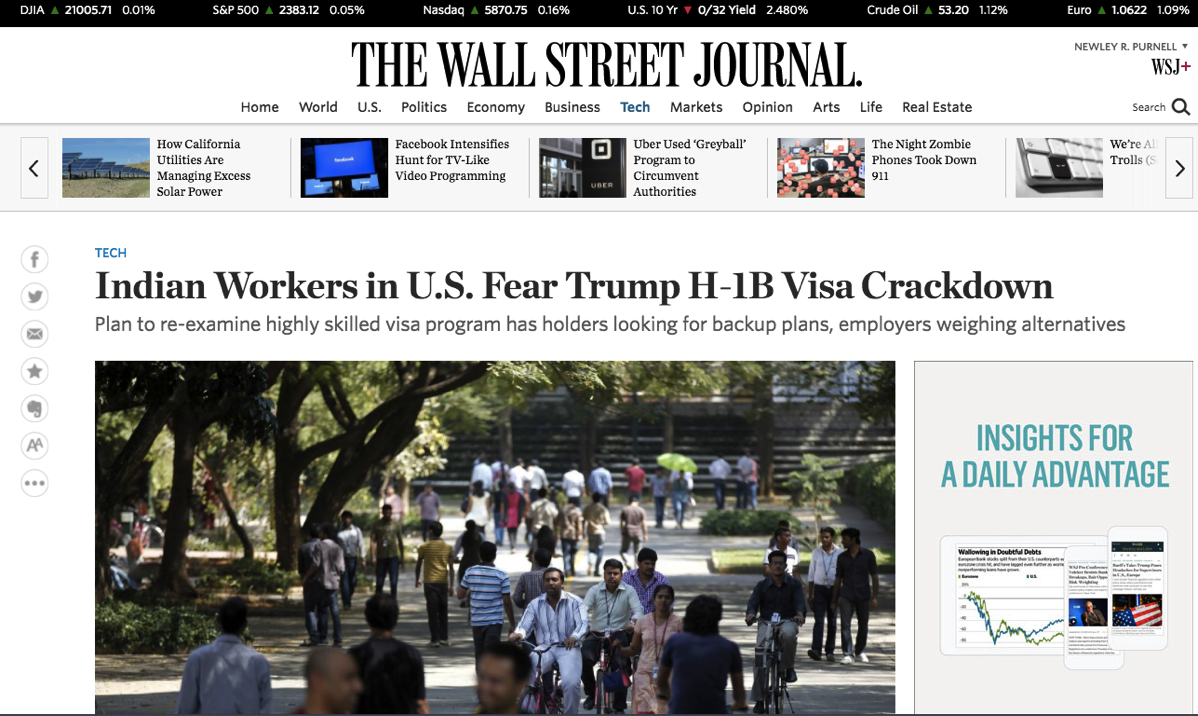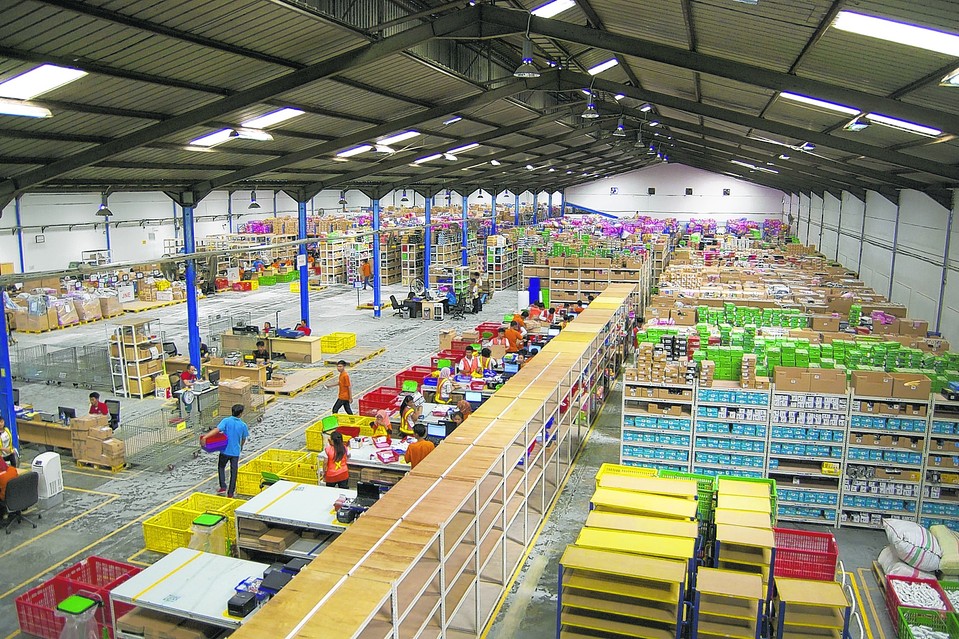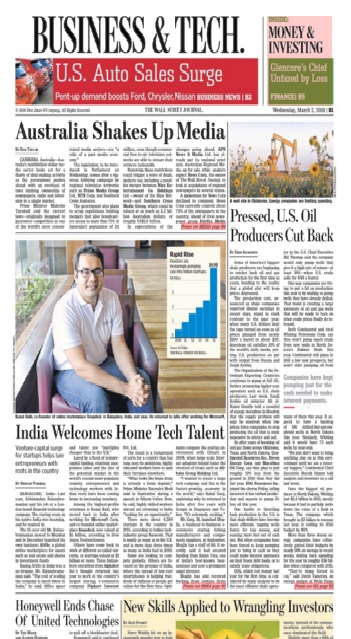
I’ve been writing a lot in the last few months about the H-1B skilled worker visa program, which thousands of people, mainly Indians, use to work in the U.S.
The program was designed to allow companies to hire workers for jobs they can’t fill locally, like those demanding sophisticated tech skills. But some say firms, like large Indian outsourcing companies with offices in the U.S., abuse the program to bring in less sophisticated workers as cost-saving measures — and lay off American workers — since they’ll do jobs for less than money.
It’s a huge issue not just for big American tech firms that want to be able to hire the best global talent, but also for Indian IT services firms that employ millions of people.
And with President Trump on the campaign trail assailing the program, many workers are concerned that changes to the program could force them to leave the country.
That’s the subject of my most recent story, which came out Monday. The headline: “Indian Workers in U.S. Fear Trump H-1B Visa Crackdown.”

They story — which I reported out for weeks, interviewing dozens of people — has produced quite a reaction online, prompting more than 450 comments on The WSJ site, and more than 800 reactions, 230 shares and 150 comments on Facebook.
Stay tuned for more on this topic.
Meanwhile, so they’re all in one place, I wanted to share links to some of my previous H-1B-related stories:
What the White House Said About Its Plans for H-1B Visas (Jan. 31, 2017):
Tighter restrictions on skilled worker visas to the U.S. could come via both executive action by President Donald Trump and via Congressional moves, White House press secretary Sean Spicer said Monday.
Indian IT services firms are already girding for possible changes to the H-1B program, which they use to send tens of thousands of workers to the U.S. annually.
While a significant shakeup of the visa program would likely need to be approved by Congress, President Trump could use an executive directive to take steps like ending a provision announced in 2014 that allows spouses of H-1B visa holders to work in the U.S, as The Wall Street Journal reported last week.
H-1B Visas: How Donald Trump Could Change America’s Skilled Worker Visa Rules (Jan. 24, 2017):
During his campaign, President Donald Trump assailed a skilled-worker visa program used to send foreigners to the U.S., and in his inaugural speech Friday he said the country would “follow two simple rules; buy American and hire American.”
Indian outsourcing firms are already preparing for potential changes to visa rules, which could present a challenge because they send thousands of workers to the U.S. every year via the H-1B program.
So how much, and how quickly, could Mr. Trump change the regulations?
A significant shakeup would likely need to be approved by Congress, though there are some steps Mr. Trump could take himself immediately, analysts say.
Indian Outsourcing Firms Prep for Curbs on H-1B Visa Workers Under Trump (Jan. 19, 2017):
NEW DELHI—President-elect Donald Trump doesn’t take office in Washington until Friday, but he is already forcing firms in India’s mammoth $108 billion technology-outsourcing industry to rethink their hiring practices in the U.S., their largest market.
While Mr. Trump has chastised U.S. firms for offshoring American jobs, Indian outsourcing firms could be set to see renewed heat for doing the opposite—placing foreign workers in the U.S., mainly through a skilled-worker visa, known as the H-1B. Faced with the prospect of possible new curbs on those visas from a president who has pledged to ensure that Americans get their first pick of available jobs, outsourcers are ramping up hiring both on American college campuses and at home in India.
H-1B Visas: U.S. Lawmaker Re-Introduces Bill to Tighten Rules (Jan. 6, 2017):
A prominent Republican lawmaker is taking another shot at tightening U.S. rules for high-skilled worker visas ahead of Donald Trump’s inauguration as president later this month.
Rep. Darrell Issa, one of the highest-profile Republicans in Congress and a supporter of Mr. Trump, said Wednesday in a statement on his website that he is reintroducing a bill designed to “stop the outsourcing of American jobs” and ensure laws are not “abused to allow companies to outsource and hire cheap foreign labor from abroad.”
What Will Happen to H-1B Skilled-Worker Visas Under Donald Trump? (Nov. 17, 2016):
U.S. President-elect Donald Trump will likely crack down on the use of skilled-worker visas issued to Indian outsourcing firms, said a leading anti-immigration campaigner.
Mr. Trump is still picking his cabinet, and how his policies will evolve is hard to guess, but he was elected pledging to restrict immigration. That means the tens of thousands of mostly Indian migrants entering America on high-skilled worker, or H-1B, visas could become a target for tougher vetting, said Roy Beck, president of Arlington, Va.-based NumbersUSA, which advocates for limited immigration.
“It would be very surprising if we don’t see the rules around H-1Bs really tighten,” he told The Wall Street Journal.




